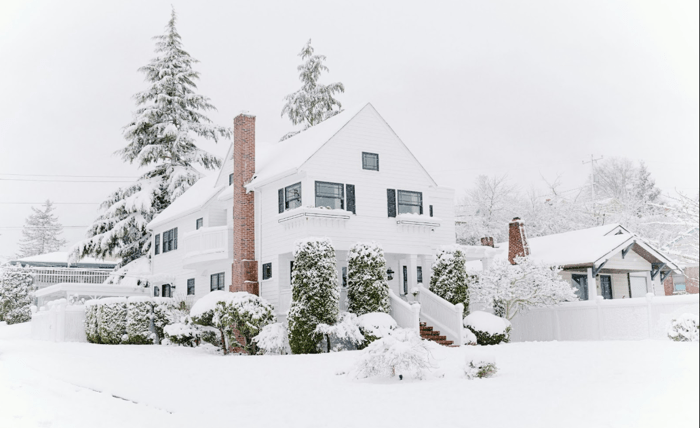Cold snaps punish unprepared houses. A little planning before the National Weather Service posts the first wind chill advisory beats shopping for plumbing parts in January while the driveway tries to be a rink.
- Begin up high: roof, gutters, and the attic
Winter protection starts where snow and wind land first. Schedule an inspection, clear the gutters, and confirm ventilation and insulation levels. Along Utah’s Wasatch Front, a homeowner who books roofing repair in salt lake city in November can replace a lifted shingle, bump attic insulation toward R-49, and add a 120-volt heat cable at a known ice-dam spot before the first big storm.
- Stop drafts at windows and doors
Air leaks around sashes and jambs drive up run time for the furnace while rooms still feel cool. Seal joints with exterior-grade caulk, swap in fresh weatherstripping, then add a screw-on door sweep. On a windy 25-degree afternoon in Milwaukee, a $20 aluminum sweep tightened a 1920s bungalow’s half-inch threshold gap; the smoke pencil went still at the sill and the room stopped feeling like a bus stop
- Service the furnace and test safety devices
A fall tune-up finds small problems before they freeze into big ones. Install a fresh MERV 8 to 11 filter, inspect the blower belt, and press the test button on every carbon monoxide alarm. In St. Paul, a checkup on a 15-year-old Lennox runs about $120 and includes a heat exchanger look. Kidde notes that most CO alarms should be replaced at around the seven-year mark.
- Protect pipes before a hard freeze
Cold air around still water can split fittings and elbows. Wrap exposed runs, remove garden hoses, and close exterior sillcocks at the inside shutoff. On bitter nights, let a cold tap trickle and keep the thermostat at 55°F or higher if you’re away. In Buffalo, leaving the under-sink doors open on an exterior wall during a 5°F-below-zero snap kept a 3/4-inch copper line from bursting at the elbow.
- Service chimneys and mind clearances
Wood burners need a clean, safe path for smoke and embers. A CSIA-certified sweep removes creosote, checks the 2-10-3 rule for chimney height, and confirms the cap screen is clear. In Asheville, scheduling in October avoids the January pileup and yields a written report on flue tiles plus a recommended burn rate for seasoned oak at about 20 percent moisture.
- Have a power-out kit ready
Across the northern tier, winter storms often knock out the lights with little warning. Stock 72 hours of basics: FEMA’s rule of thumb is 1 gallon of water per person per day, plus a NOAA weather radio and charged power banks. If using a portable generator, park it at least 20 feet from the house on level ground, and tie it to the panel with a transfer switch or interlock. A 5,000-watt inverter can run a gas furnace, a fridge, and a few lights when connected correctly.
- Manage ice on steps and walks
Falls are expensive and avoidable. Shovel early, then use a product suited to the temperature and surface. Calcium chloride still works near zero, while rock salt loses punch below about 15°F and can scar concrete. In Denver, pre-treating a north-facing sidewalk before a forecast 4-inch snowfall limits bonded ice so one pass with a poly-edge shovel actually gets it clean. Clear 3 feet around hydrants, as FDNY and many cities request. Ankles appreciate the policy.
- Line up snow removal and check insurance details
Know who is clearing what before the first storm. Hire a plow service or confirm the snow blower starts in 20°F weather, then keep a 16-foot roof rake to pull down the first 2 feet along eaves after heavy snow. The City and County of Denver gives residents 24 hours after snow stops to clear sidewalks, a good reason to have a contract in place by December. Take exterior photos, record your homeowners deductible, and store serial numbers so a claim moves faster.
Quiet preparedness pays off. Tackle these moves before the first hard freeze, roughly 28°F for several hours, and winter runs like routine maintenance rather than a scramble. Roofs, pipes, and energy bills behave better with a head start.

